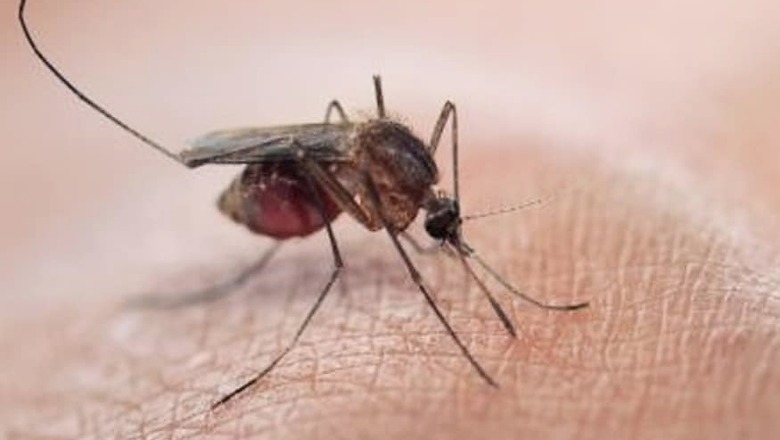
views
Vector-borne diseases are responsible for more than 17 percent of all infectious diseases. Among these, the most common are dengue fever, Zika virus, malaria, chikungunya virus, West Nile virus and yellow fever. According to Scientific American, more than half of the world's population in more than 128 countries, from Vietnam to Sudan, the Caribbean and the US are at risk of contracting vector-borne illness.
According to the report, dengue fever alone accounts for 96 million cases a year. In fact, the first five months of 2019 saw Thailand reporting a staggering 20,000 cases of dengue fever, with more than half of those infected being children.
According to Thailand's public health ministry, the rainy season, along with a new school semester, make children most vulnerable to mosquito-borne diseases. They have urged parents and teachers to take preventive measures against mosquitoes.
Notably, dengue can cause debilitating muscle, joint, or bone pain and is typically transmitted by the Aedes aegypti or Aedes albopictus mosquito. Common indoor prevention methods include ensuring window screens on every window and having bed nets around every bed, while outdoor prevention includes the use of insect repellent when going outside, wearing light-coloured clothes and getting rid of any stagnant water in and around homes.
Since dengue fever and other vector-borne diseases are common across Southeast Asia, the science and technology community of the country host the annual National Science and Technology Fair, with attendees from all over the world.The fair provides various exhibitions and seminars that educate educate citizens on public health matters such as vector-borne diseases.
Back in 2016, the National Science Museum of Thailand (NSM) created an exhibition for the fair called Living with Mosquitoes. The exhibition promotes awareness of vector-borne diseases and protection from mosquitoes through an interactive design meant to engage visitors via participation in educational games and walk-through displays.
The exhibit educates visitors about carbon dioxide detection, as well as heat detection and movement detection, things mosquitoes use to locate prey. Furthermore, a second exhibit delves into mosquito reaction time, with visitors learning that while their flight speed is quite low; their reaction time is impressively fast -- a reason why they are able to avoid being swatted at so craftily.
While schools in Thailand teach students about mosquito-borne diseases and protection from mosquitoes, Science communicators at NSM conducted extensive content research to develop a story line for the exhibit and then worked with a team to create the conceptual design of how it would come to life.
The resulting exhibition is a labyrinth of interactive games, giant models of mosquitoes, and live mosquito larvae and pupae, facilitating a hands-on experience.




















Comments
0 comment